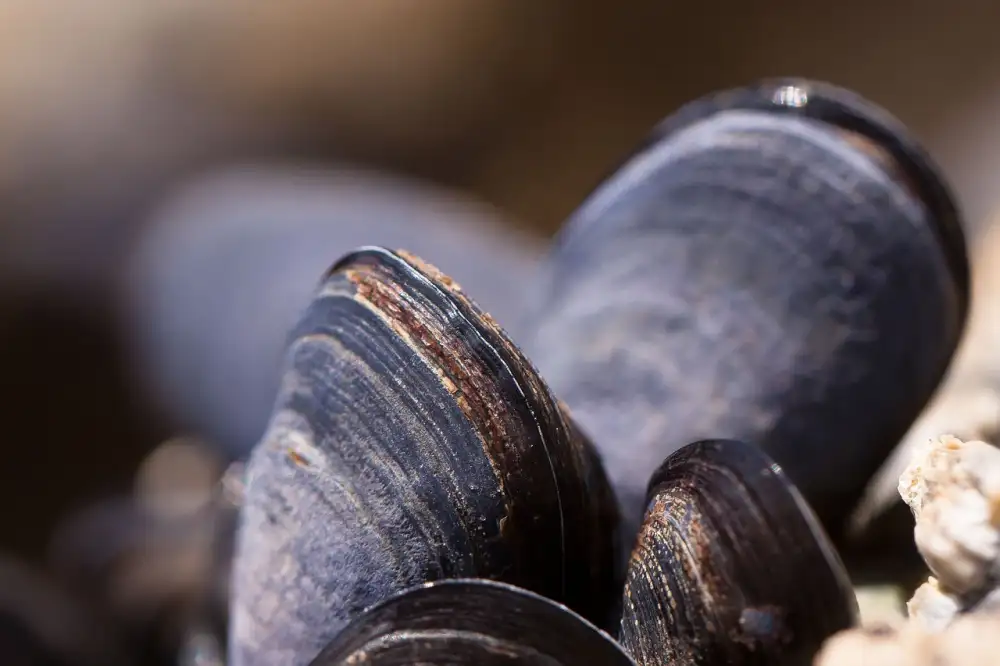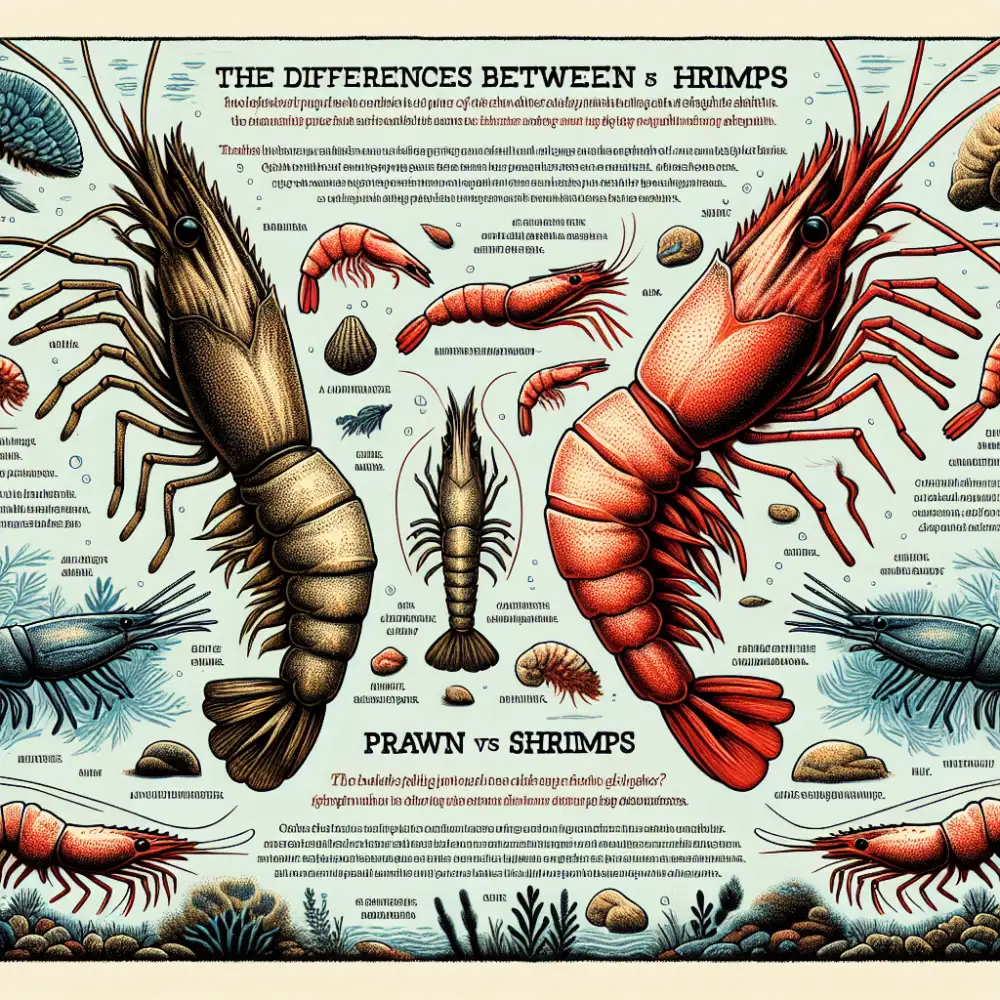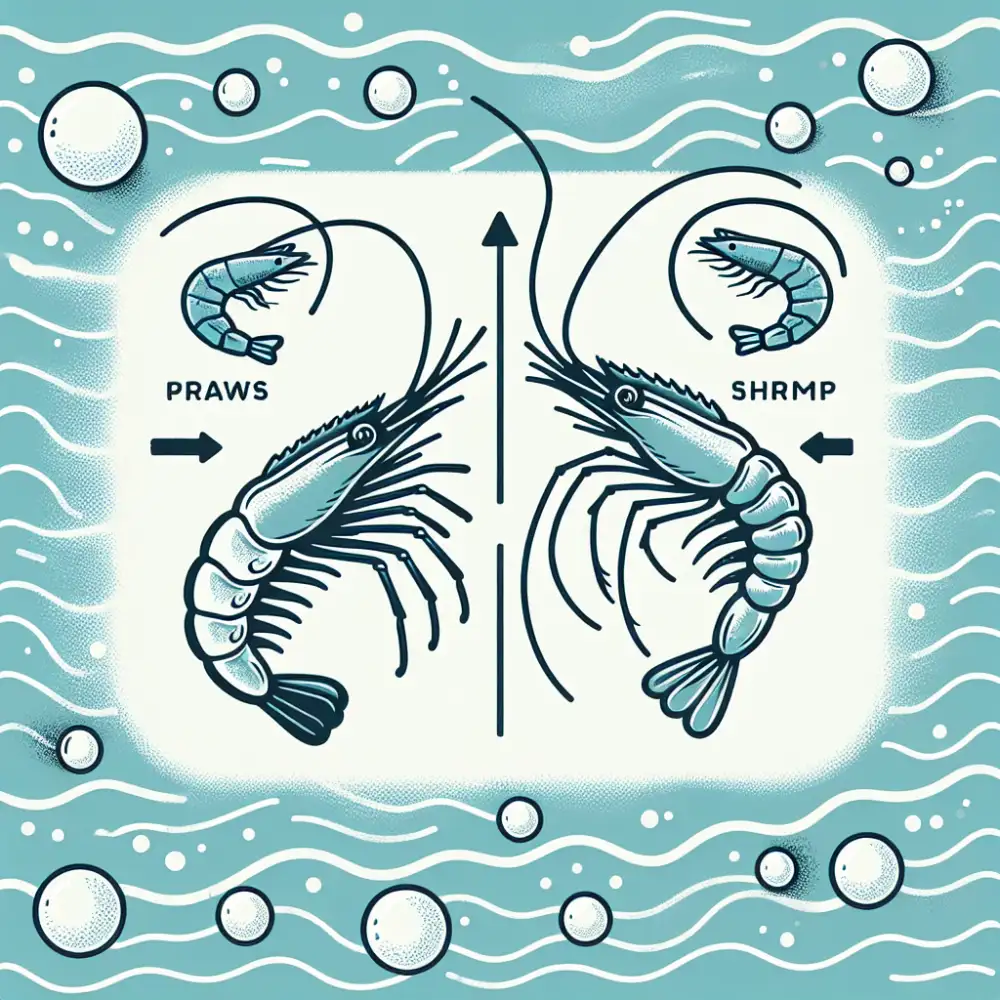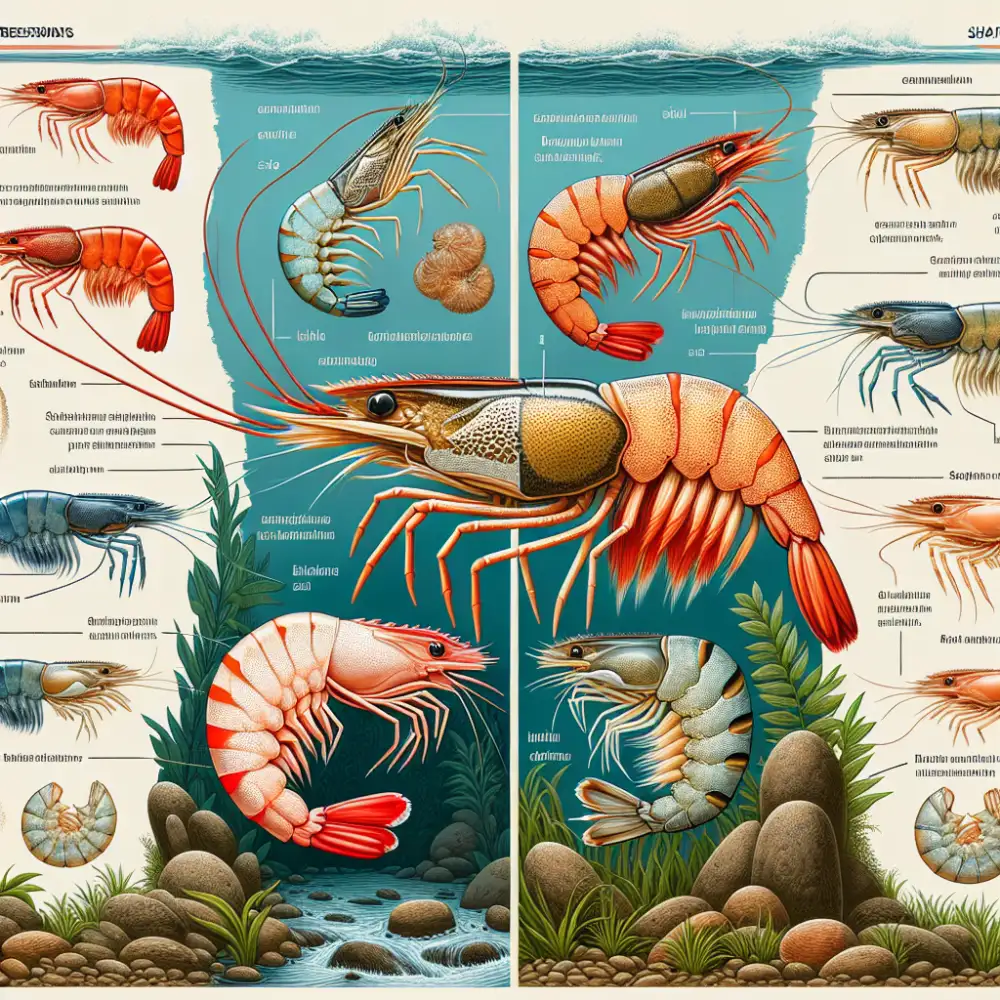Prawns vs Shrimp: Unraveling the Delectable Distinctions

Prawns and shrimp are two popular seafood options that often get used interchangeably in culinary contexts. However, these crustaceans have distinct characteristics that set them apart. From their physical appearance to their taste and texture, prawns and shrimp offer unique experiences on the plate. In this article, we will delve into the differences between prawns and shrimp, exploring their definitions, habitat, culinary uses, nutritional variations, health benefits and risks, as well as their impact on sustainability and the environment. By unraveling these delectable distinctions, we aim to enhance your understanding and appreciation of these delightful creatures from the sea.
Definition of prawns and shrimp
Prawns and shrimp are often used interchangeably, but they are actually two distinct species of crustaceans. Prawns belong to the suborder Dendrobranchiata, while shrimp belong to the suborder Pleocyemata. The main difference lies in their gill structure: prawns have branching gills, while shrimp have plate-like gills. This anatomical distinction sets them apart and affects their overall appearance and behavior. Despite these differences, both prawns and shrimp are highly sought after for their delicious taste and versatility in culinary preparations.
Physical appearance and size differences
Physical appearance and size are key factors in distinguishing prawns from shrimp. Prawns typically have longer bodies with a curved shape, while shrimp have shorter bodies that are more straight. Prawns also have three pairs of claw-like legs on their front segments, whereas shrimp only have two pairs. In terms of size, prawns tend to be larger than shrimp, with some species reaching up to 12 inches in length. On the other hand, most shrimp species are smaller, averaging around 2-6 inches in length. These distinct physical characteristics make it easier to differentiate between the two crustaceans when encountered in culinary or scientific contexts.
Habitat and geographical distribution
Prawns and shrimp thrive in different habitats and have varying geographical distributions. Prawns are commonly found in freshwater environments such as rivers, lakes, and ponds. They prefer calm, muddy or sandy bottoms where they can burrow to hide from predators. Shrimp, on the other hand, are predominantly marine creatures. They inhabit saltwater environments like oceans, seas, and estuaries. Shrimp tend to dwell near the ocean floor, often hiding among rocks or coral reefs. Their ability to adapt to different salinity levels allows them to live in both shallow coastal waters and deeper offshore regions. While prawns are more abundant in Asia, Africa, and Australia, shrimp are widely distributed across the globe with major populations found in the United States, China, India, Thailand, and Indonesia. Understanding their natural habitats is crucial for sustainable fishing practices and conservation efforts.

Taste and texture variations
Taste and texture variations between prawns and shrimp are subtle yet distinct. Prawns generally have a sweeter, more delicate flavor compared to the slightly briny taste of shrimp. Prawns also tend to have a firmer, meatier texture, while shrimp are often softer and more tender. These differences in taste and texture can influence the choice of ingredient in various culinary preparations, allowing chefs to create diverse and unique dishes using either prawns or shrimp as the star ingredient.
Culinary uses and cooking methods
Culinary uses and cooking methods for prawns and shrimp are quite similar due to their comparable taste and texture. Both can be grilled, sautéed, boiled, or used in various dishes such as soups, stir-fries, curries, and pasta. Prawns are often preferred for grilling or barbecuing due to their larger size and firm texture, while shrimp are commonly used in dishes like scampi or shrimp cocktail. They can also be breaded and deep-fried to make crispy appetizers. The versatility of prawns and shrimp allows them to be incorporated into a wide range of cuisines, making them popular ingredients in both traditional recipes and modern fusion creations.
| Feature | Prawns | Shrimp |
|---|---|---|
| Size | Generally larger | Generally smaller |
| Body Shape | Curved with a pronounced bend in the body | Straighter body with a slight curve |
| Legs | Have three pairs of walking legs with claws | Have two pairs of walking legs with claws |
| Antennae | Longer, thicker antennae | Shorter, thinner antennae |
Nutritional differences
Nutritional differences between prawns and shrimp are minimal, as both are excellent sources of lean protein. However, there are slight variations in their nutrient profiles. Prawns tend to have slightly higher levels of omega-3 fatty acids, which are beneficial for heart health and reducing inflammation. Shrimp, on the other hand, contain more vitamin B12 and selenium, which play important roles in metabolism and immune function. Both crustaceans are low in calories and fat but rich in minerals like zinc and phosphorus. Ultimately, whether you choose prawns or shrimp, you can enjoy a nutritious addition to your diet.

Health benefits and risks
Both prawns and shrimp offer several health benefits. They are low in calories and fat, making them a nutritious choice for those watching their weight. Prawns and shrimp are also rich in high-quality protein, which is essential for muscle growth and repair.
These crustaceans are excellent sources of omega-3 fatty acids, which have been linked to numerous health benefits, including reducing inflammation, improving heart health, and supporting brain function.
However, it's important to note that prawns and shrimp can be high in cholesterol. While dietary cholesterol does not affect everyone's blood cholesterol levels significantly, individuals with high cholesterol or heart disease should consume them in moderation.
Additionally, some people may be allergic to prawns or shrimp. Allergic reactions can range from mild symptoms like itching or hives to severe reactions that require immediate medical attention. It is crucial for individuals with known shellfish allergies to avoid consuming these seafood varieties.
As with any food, proper handling and cooking of prawns and shrimp are necessary to prevent foodborne illnesses. Thoroughly cooking them until they reach an internal temperature of 145°F (63°C) helps eliminate potential bacteria or parasites that could cause illness.
In summary, while prawns and shrimp offer numerous health benefits such as being a good source of protein and omega-3 fatty acids, individuals should be mindful of their cholesterol intake and potential allergies. Proper cooking techniques should always be followed to ensure safety when consuming these delicious crustaceans.
Sustainability and environmental impact
Sustainability and environmental impact are crucial factors to consider when it comes to consuming prawns and shrimp. Both species face challenges due to overfishing, habitat destruction, and pollution. Shrimp farming, in particular, has been associated with negative environmental consequences such as water pollution and destruction of mangrove forests. On the other hand, prawn fishing methods can also have detrimental effects on marine ecosystems. To ensure the long-term availability of these delicious seafood options, it is important to support sustainable fishing practices and responsible aquaculture techniques. This includes choosing products that are certified by reputable organizations like the Marine Stewardship Council (MSC) or Aquaculture Stewardship Council (ASC). By making informed choices, we can help protect these valuable resources for future generations while still enjoying their delectable flavors.
In conclusion, while prawns and shrimp are often used interchangeably, there are distinct differences between the two. Prawns tend to be larger in size and have a more elongated body shape compared to shrimp. They also have a sweeter taste and a firmer texture. Geographically, prawns are more commonly found in freshwater habitats, while shrimp thrive in both freshwater and saltwater environments.

From a culinary standpoint, both prawns and shrimp are versatile ingredients that can be prepared in various ways. They can be grilled, sautéed, fried, or used in soups and stews. Nutritionally, they are both excellent sources of lean protein and contain essential vitamins and minerals.
However, it is important to consider the sustainability of consuming prawns and shrimp. Overfishing and destructive fishing practices can have detrimental effects on their populations as well as the surrounding ecosystems. It is crucial to support sustainable fishing practices to ensure the long-term availability of these delicious seafood options.
In summary, understanding the distinctions between prawns and shrimp allows us to appreciate their unique qualities. Whether you prefer the sweetness of prawns or the delicate flavor of shrimp, both offer a delightful culinary experience when prepared with care and sustainability in mind.
Published: 09. 02. 2024
Category: Food



